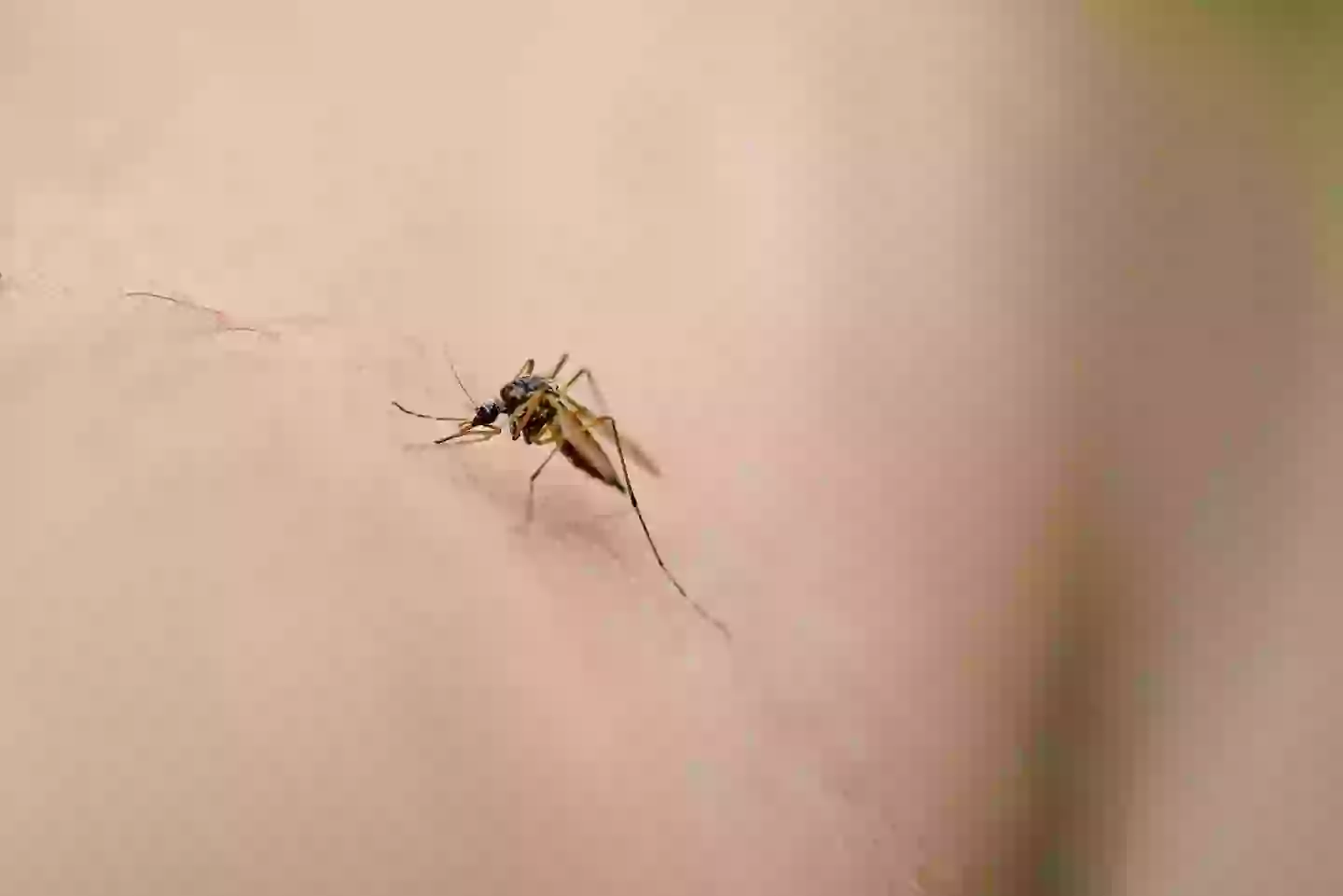World Health Organization Issues Urgent Warning on Chikungunya as China Implements Unprecedented ‘Pandemic Measures’—What Does This Mean for Global Health?
So, here’s the scoop: China just reported a tsunami of over 7,000 Chikungunya virus cases, with 3,000 fresh infections popping up in just the past week. Guangdong province is taking the brunt, and it’s trickling into a dozen other cities too. Now, before you freak out and start picturing a mosquito army staging a viral coup, remember this virus isn’t airborne like COVID-19 — a relief, right? Still, China’s unleashing some serious ‘pandemic measures,’ reminiscent of the 2020 showdown with coronavirus — think mosquito-killing fish and fines for anyone harboring stagnant water. The World Health Organization is ringing alarm bells about the staggering 5.6 billion people potentially at risk worldwide. It’s a bug-sized drama with some big implications — so how worried should we really be? Buckle up and let’s unpack what you really need to know about this buzzing menace. LEARN MORE
Here is everything the World Health Organization has said about the Chikungunya virus, as China enforces ‘pandemic measures’ after an outbreak rocked the East Asian nation.
Yesterday (5 August), it was revealed that over 7,000 cases of the Chikungunya virus had been reported in China, with 3,000 of these cases occurring in the past week alone.
It’s understood that the southern province of Guangdong has been hit the hardest by the illness. Infections have also been reported in 12 other cities across the region.
The sharp rise in cases has prompted authorities in the region to respond with ‘decisive and forceful measures’ to contain the outbreak, similar to tactics used during 2020’s COVID-19 outbreak.

Over 7,000 cases of the Chikungunya virus have been reported in China (VCG/VCG via Getty Images)
What is the Chikungunya virus?
Chikungunya is a virus which is spread to humans by mosquitoes.
First detected in 1952, the virus is carried by female Aedes mosquitoes and is present in Africa, Asia and the Americas. These specific mosquitoes also carry illnesses such as Dengue fever and Zika virus, making the disease often difficult to diagnose.
What are the symptoms of the Chikungunya virus?
According to WHO guidance, symptoms of Chikungunya begin to present around four and eight days after transmission and include a sudden fever and joint pain.
Other symptoms include:
- muscle pain
- headache
- nausea
- fatigue
- rash
Symptoms typically last for a couple of days; however, in some cases, they can last for a number of weeks, months, or even years.

The viral illness is spread by mosquito bites (Getty Stock Images)
How many cases of Chikungunya virus have been reported?
The current outbreak in China has seen 7,000 cases reported in the province of Guangdong, with the epicentre being in Foshan. Infections have also been reported in 12 other cities across the region.
Meanwhile, Hong Kong reported its first case of the virus on Monday (4 August), with a 12-year-old boy falling ill after travelling to Foshan.
China is now pushing hard to contain the virus, including the release of mosquito-killing fish and fines for anyone who fails to remove stagnant water from their home.
What has the World Health Organization said about Chikungunya virus?
The uptick in cases is currently being monitored by the WHO, with medical officer Diana Rojas Alvarez saying the disease puts ‘5.6 billion people at risk’.
“Chikungunya is not a disease that is widely known, but it has been detected and transmitted in 119 countries globally, putting 5.6 billion people at risk,” Alvarez said in July (via Science Alert), following a major outbreak in La Réunion.

Authorities in southern China are taking strong measures to curb transmissions (VCG/VCG via Getty Images)
“We are seeing history repeating itself,” she continued, referencing previous outbreaks in 2004 and 2005. “Epidemic transmission is also occurring in South Asia.
“We are raising the alarm early so countries can prepare early, detect and strengthen all the capacities to avoid going through very large outbreaks.”
Could the Chikungunya virus spread to other countries?
Given the ability of coronavirus to completely shut down the planet just five years ago, it’s understandable why reports about Chikungunya will be a cause for concern.
However, it’s important to note that, unlike COVID-19, Chikungunya isn’t an airborne virus, which means it cannot spread in the same way.
Aedes mosquitoes are also not present in the UK, which means the only chance the virus has of reaching our shores is from returning travellers who’ve been infected while abroad.

The disease is not airborne like COVID-19 (Getty Stock Images)
“There is currently no Chikungunya transmission in the UK, with all identified cases being related to travel and having been imported into the UK,” guidance shared by the UK government states.
Travellers heading to countries where mosquitoes are present are also reminded to follow ‘standard bite avoidance measures’ such as using mosquito repellent with 50 percent DEET, sleeping under mosquito nets and wearing long trousers.

















